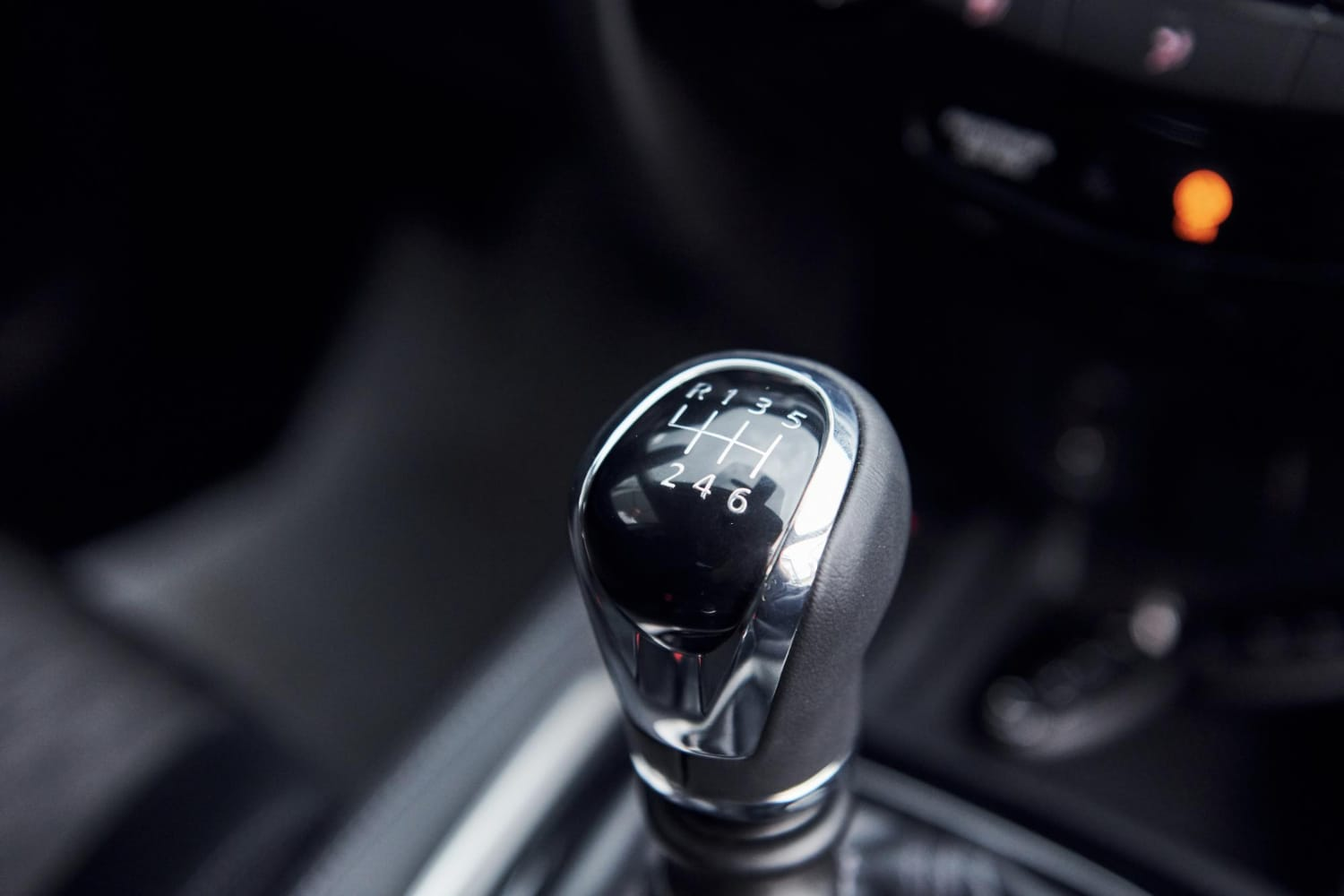
Regenerative braking stands as a hallmark of efficiency and innovation in hybrid and electric vehicles (EVs), revolutionizing the way energy is managed and reused during deceleration. This technology not only enhances the overall driving range but also contributes significantly to reducing fuel consumption and emissions. This article delves into the mechanics and benefits of regenerative braking, highlighting its role in advancing automotive sustainability.

Mechanics of Regenerative Braking:
Regenerative braking harnesses the kinetic energy generated during braking or coasting and converts it into electricity. In conventional vehicles, braking converts kinetic energy into heat through friction, which is dissipated into the environment. However, in hybrid and electric vehicles equipped with regenerative braking systems, this kinetic energy is captured by the electric motor acting as a generator.
When the driver applies the brakes or lifts off the accelerator, the electric motor switches to generator mode. As the vehicle slows down, the rotating wheels drive the motor, generating electricity that is fed back into the vehicle’s battery pack. This process effectively recycles energy that would otherwise be lost as heat, enhancing the vehicle’s efficiency and extending its driving range.
Benefits of Regenerative Braking:
- Improved Efficiency: By recovering kinetic energy during braking, regenerative braking systems improve overall energy efficiency and reduce reliance on the vehicle’s battery pack. This efficiency gain is particularly beneficial in urban driving conditions with frequent stop-and-go traffic, where energy recovery is more pronounced.
- Extended Driving Range: In hybrid vehicles, regenerative braking helps recharge the battery pack, allowing the vehicle to operate longer on electric power alone before the internal combustion engine (ICE) kicks in. This extends the overall driving range and reduces the frequency of refueling stops, enhancing convenience for drivers.
- Reduced Brake Wear: Regenerative braking systems lessen the mechanical strain on traditional braking components, such as brake pads and rotors. By supplementing friction braking with electric braking, regenerative systems can prolong the lifespan of these components, leading to lower maintenance costs over the vehicle’s lifetime.
- Enhanced Driving Dynamics: Electric vehicles equipped with regenerative braking often feature adjustable regenerative braking levels. This allows drivers to customize the amount of braking force applied by the electric motor, simulating the engine braking effect familiar to drivers of combustion-engine vehicles and enhancing control during descents or on slippery surfaces.
Challenges and Considerations:
While regenerative braking offers significant benefits, its effectiveness can vary depending on driving habits, traffic conditions, and terrain. City driving with frequent stops and starts maximizes energy recovery, whereas highway driving at constant speeds limits the opportunity for regenerative braking. Moreover, regenerative braking efficiency may decrease at lower speeds, requiring traditional friction braking to supplement deceleration.
Another consideration is the integration of regenerative braking with mechanical braking systems to ensure smooth and predictable vehicle deceleration. Modern vehicles employ sophisticated electronic control systems to seamlessly blend regenerative braking with friction braking, providing drivers with consistent braking performance across different driving conditions.

Future Directions:
As automotive technology continues to evolve, advancements in regenerative braking systems aim to enhance efficiency and optimize energy recovery further. Innovations such as predictive energy management systems, which anticipate road conditions and optimize regenerative braking strategies, promise to further improve overall vehicle efficiency and driving range.
In conclusion, regenerative braking represents a transformative technology in the realm of hybrid and electric vehicles, offering tangible benefits in terms of energy efficiency, driving range, and maintenance savings. By capturing and reusing kinetic energy that would otherwise be lost, regenerative braking plays a crucial role in advancing automotive sustainability and reducing environmental impact. As automakers continue to refine and integrate regenerative braking systems into their vehicle lineup, drivers can expect continued improvements in efficiency and performance, making hybrid and electric vehicles increasingly viable alternatives to traditional combustion-engine vehicles.




